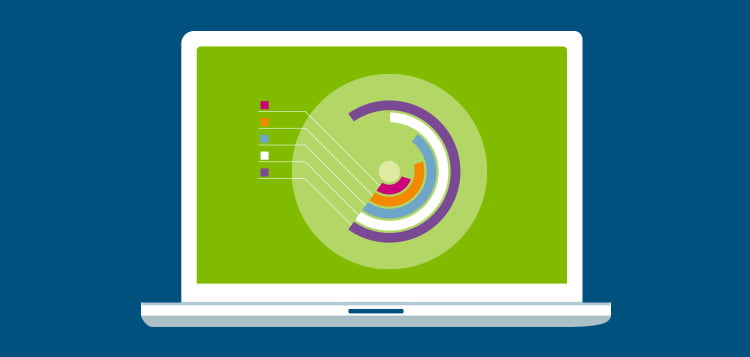The Development Of Internet Site Style: From Past To Present
The Development Of Internet Site Style: From Past To Present
Blog Article
Web Content Written By-Solis Harding
In the past, web sites were simple and concentrated on information. Navigating was direct, and style was for desktop computers. Currently, customer experience is vital. Information overviews layouts for simple navigation. Responsive layouts suit different gadgets. Today, dark mode minimizes strain, and minimal food selections improve navigation. Interactive features involve users, and bold visuals stick out. AI integration enhances involvement. See how style has actually progressed to enhance your on the internet trip.
Early Days of Web Design
In the very early days of website design, simplicity reigned supreme. Click On this website were standard, with restricted colors, fonts, and designs. The emphasis got on providing details as opposed to showy visuals. Users accessed the net through slow dial-up connections, so rate and performance were key.
Navigation menus were straightforward, normally located on top or side of the page. Web sites were developed for desktop computers, as mobile browsing wasn't yet common. Web content was king, and designers focused on simple readability over intricate design elements.
HTML was the main coding language used, and designers had to function within its constraints. simply click the following post and interactive functions were marginal contrasted to today's standards. Sites were fixed, with little vibrant web content or tailored customer experiences.
Rise of User-Focused Style
With the advancement of web site layout, a shift in the direction of user-focused layout concepts has actually become significantly popular. Today, producing web sites that focus on individual experience is essential for involving visitors and attaining organization objectives. User-focused style involves recognizing the requirements, choices, and behaviors of your target audience to tailor the site's layout, material, and features accordingly.
Developers now perform extensive research, such as user surveys and functionality screening, to collect insights and comments directly from users. This data-driven technique assists in producing instinctive navigation, clear calls-to-action, and aesthetically appealing user interfaces that reverberate with site visitors. By putting the individual at the facility of the design process, websites can supply a much more personalized and enjoyable experience.
Responsive layout has actually additionally become a vital facet of user-focused layout, making sure that sites are optimized for various tools and display dimensions. https://searchengineoptimizationa41628.anchor-blog.com/10158213/by-grasping-the-differences-in-between-these-two-search-engine-optimization-methods-services-can-create-a-more-reliable-internet-marketing-plan-that-drives-both-neighborhood-and-organic-website-traffic-to-their-internet-site improves ease of access and usability, accommodating the varied means users interact with sites today. Basically, the increase of user-focused design signifies a change towards creating electronic experiences that focus on the requirements and assumptions of completion individual.
Modern Trends in Website Design
Discover the most up to date patterns forming web design today. One popular pattern is dark mode design, supplying a smooth and modern look while lowering eye pressure in low-light settings. An additional key trend is minimal navigating, simplifying food selections and improving user experience by concentrating on essential elements. Including micro-interactions, such as animated buttons or scrolling impacts, can produce an extra engaging and interactive site. Receptive design remains essential, making sure smooth user experiences throughout various tools. In addition, utilizing vibrant typography and asymmetrical layouts can add aesthetic rate of interest and draw attention to certain material.
Integrating AI technology, like chatbots for consumer support or personalized suggestions, boosts customer engagement and simplifies processes. Access has likewise come to be a substantial pattern, with designers focusing on comprehensive layout techniques to cater to diverse individual demands. Accepting sustainability by enhancing web site performance for rate and effectiveness is another arising trend in website design. Teaming up with individual feedback and data analytics to iterate and boost design continually is crucial for remaining appropriate in the ever-evolving digital landscape. By accepting these modern-day fads, you can produce a visually appealing, easy to use web site that resonates with your target market.
Verdict
As you reflect on the evolution of internet site design from the early days to now, you can see how user-focused design has become the driving pressure behind modern patterns.
Embrace the journey of modification and adaptation in website design, always maintaining the user experience at the forefront.
Remain existing with the most recent fads and innovations, and never stop evolving your technique to develop aesthetically sensational and straightforward internet sites.
Develop, adapt, and develop - the future of web design remains in your hands.
